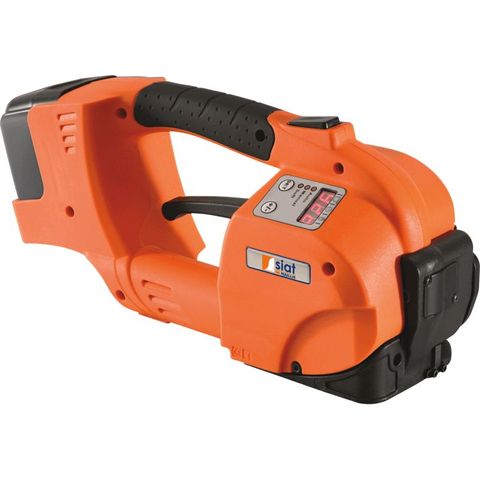The Ultimate Guide to Efficient Cardboard Box Packing
The Ultimate Guide to Efficient Cardboard Box Packing
Blog Article
Poppable Protection: Everything You Need to Know About Bubble Wrap
sustainable packaging are all-pervasive in your daily lives, serving a multitude of uses from packing to safe-keeping. They are available in numerous forms, dimensions, and strengths, leading them to be versatile tools both in personalized and business contexts. Here's everything you should understand about cardboard boxes.

Past and Evolution
Cardboard, specifically corrugated cardboard, was initially branded in 1871 by Albert Williams of New York City. Jones tried it for wrapping containers and cup lantern chimneys. The corrugated box, as we know it nowadays, was introduced by Robert Gair, who developed a equipment to create large volumes of containers. This advancement designated the start of mass creation and widespread usage of cardboard boxes.
Kinds of Cardboard Boxes
Corrugated Bins: These represent the most typical variety and are made from corrugated paperboard, which consists of a fluted corrugated sheet and 1 or 2 smooth linerboards. Corrugated bins provide strength and durability, making them suitable for transport and holding weighty things.
Folding Cartons: Also known as paperboard boxes, they are typically used for lighter in weight products. Examples include cereal containers, muscle bins, and wrapping for tiny gadgets. These are usually made from a single covering of paperboard.
Firm Cases: These are typically durable and quite often useful for substantial-end items like precious jewelry, electronics, and cosmetic products. As opposed to corrugated and collapsable cartons, rigorous cases do not retract or collapse.
Production Method
The manufacturing of cardboard boxes consists of several actions:
Pulping: Wood french fries are divided into pulp, that is then cleaned out and enhanced.
Pieces of paper Creating: The pulp is spread out and pushed into bedding of pieces of paper.
Corrugation: For corrugated boxes, paper is transferred through corrugating rolls to generate the fluted page. This is then fixed between two linerboards.
Slicing and Shaping: The corrugated sheets or paperboards are minimize and shaped into cases utilizing perish-cutting devices.
Publishing and Layer: Boxes are usually printed with branding or merchandise info and might be protected for added durability.
Makes use of and Positive aspects
Cardboard boxes are primarily employed for wrapping and delivery. Their advantages include:
Security: Cardboard offers a protective covering around things, safeguarding them from actual problems during transit.
Changes: They are often easily custom-made in terms of size, condition, and design and style to fit particular requirements.
Sustainability: Most cardboard is recyclable and created from alternative assets, rendering it an eco-friendly product packaging solution.
Inexpensive: Cardboard is relatively low-cost compared to other packaging resources, rendering it an expense-successful choice for enterprises.
Enviromentally friendly Affect
One of the considerable advantages of cardboard boxes is the recyclability. Trying to recycle cardboard minimizes the demand for virgin supplies helping preserve sources. Nevertheless, it is recommended to make certain that cardboard is discarded correctly. Polluted cardboard (with foods, fats, or another materials) can not be reused efficiently and might land in landfills.
Inventions and Tendencies
The cardboard pack industry is continually changing. Some recent styles consist of:
Wise Product packaging: Integrating modern technology such as QR regulations and RFID tags into cardboard boxes to offer more information regarding the merchandise and increase the customer experience.
Eco friendly Practices: Growing consumption of reused resources and adopting eco-friendly production operations.
Style Innovations: Development of far more powerful and light-weight styles to minimize delivery costs and environment affect.
Conclusion
Cardboard boxes are a fundamental element of modern logistics and wrapping. Their versatility, charge-efficiency, and environment advantages make them an important instrument in several sectors. As being the demand for sustainable packaging develops, the cardboard package sector is likely to continue innovating, making sure these easy yet crucial containers keep appropriate in the future.
Report this page